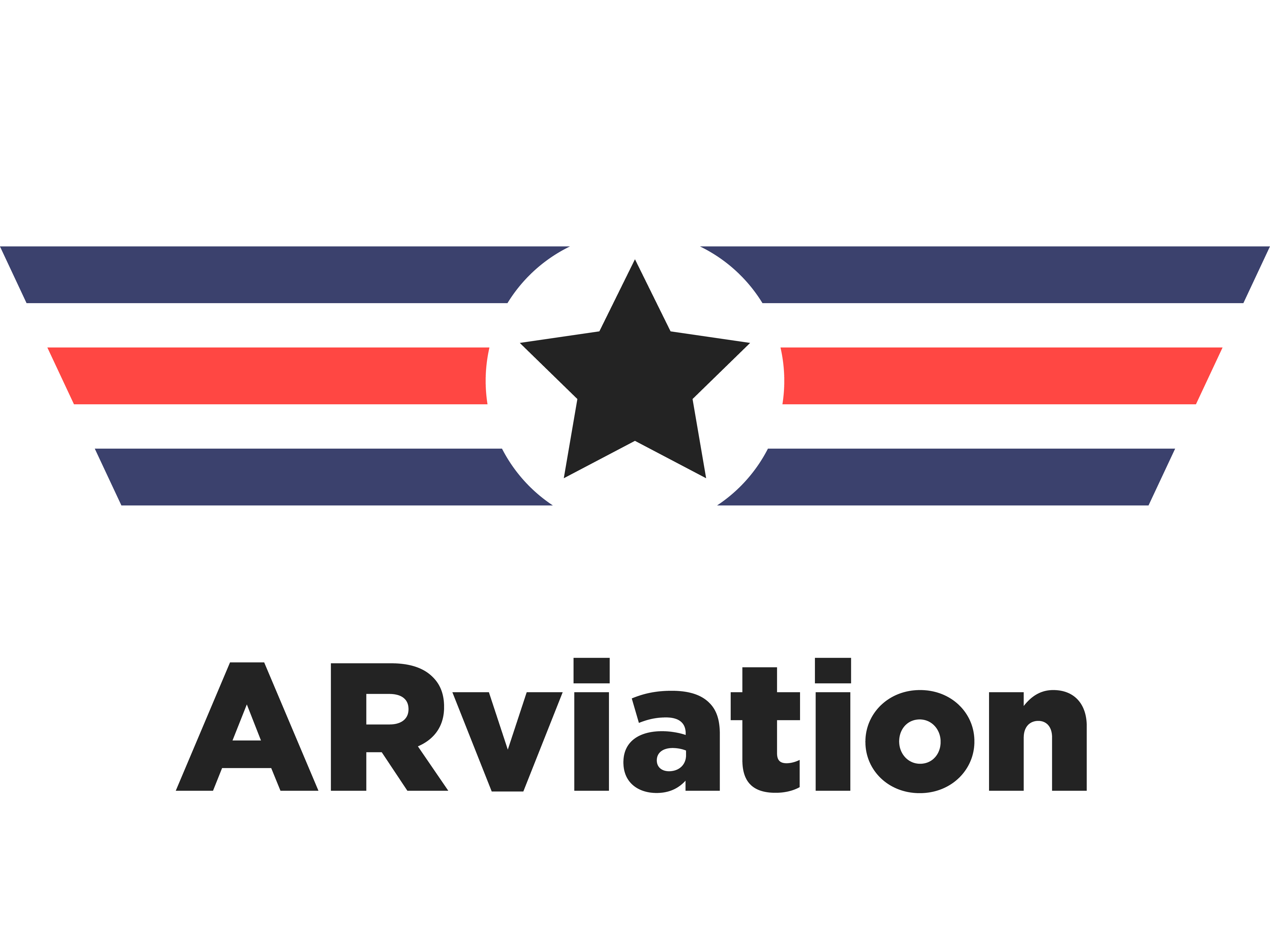This week’s highlight was our playtesting session at Assemble on Wednesday – therefore, the beginning of the week was dedicated to preparing the materials for playtesting, and the end of it was used to reflect on our observations and iterate. We also had a site visit to Sherwood Center (now officially hosting the Center for Aviation Technology and Training, after their soft opening about a month ago), in which we finally saw the finished exhibit space in which our project will be experienced. Last but not least, we had our first meeting with John Dessler (our faculty consultant!) this week as well.
Playtesting at Assemble
For this playtesting session, our main goal was to test the full experience incorporating the app, and gage our playtesters’ levels of (A) understanding and confusion, (B) interest and boredom. We playtested two groups of 3 students each – however, only the first one ended up incorporating the app. This was due to several bugs that we encountered in the app, which affected the experience of the students in the first group. Therefore, the second group only playtested the manuals, which was still very relevant to us (and we did show them the flying airplane animation at the end).

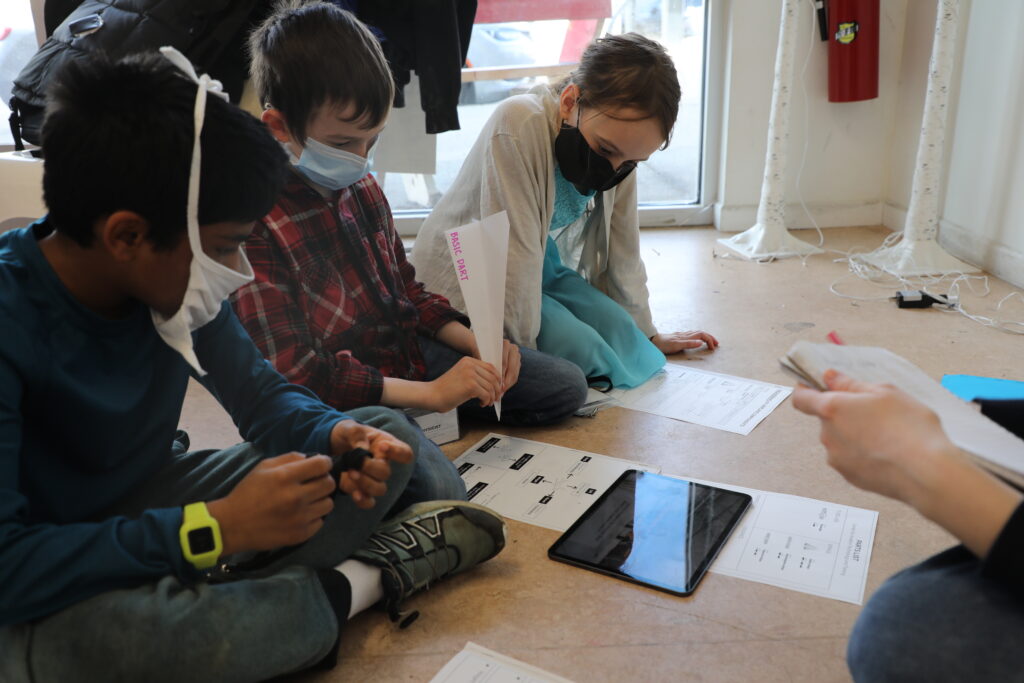

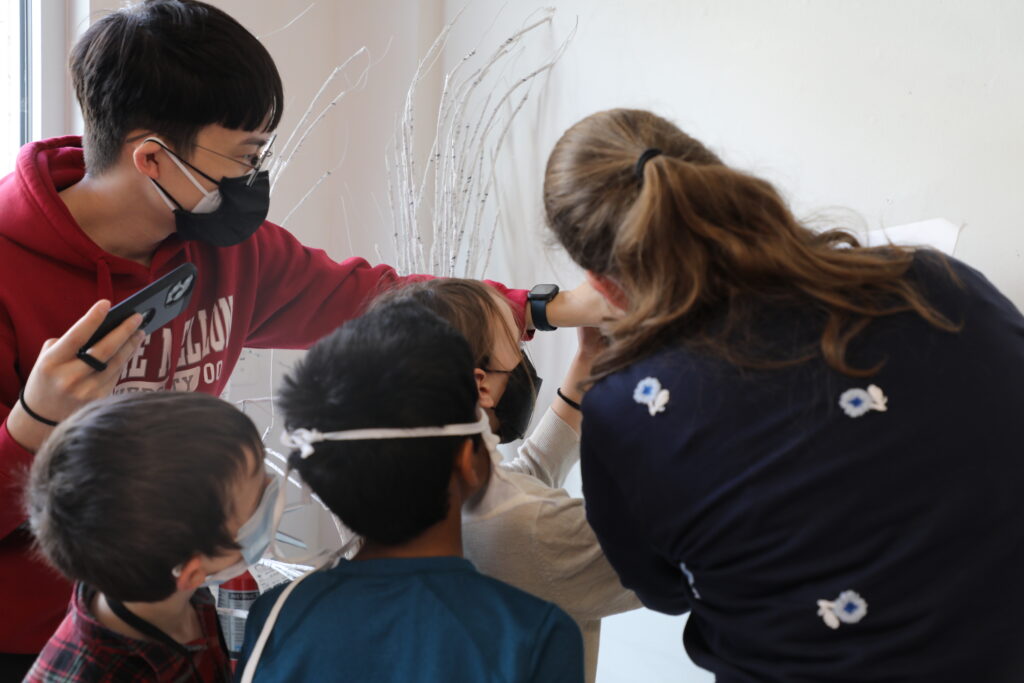
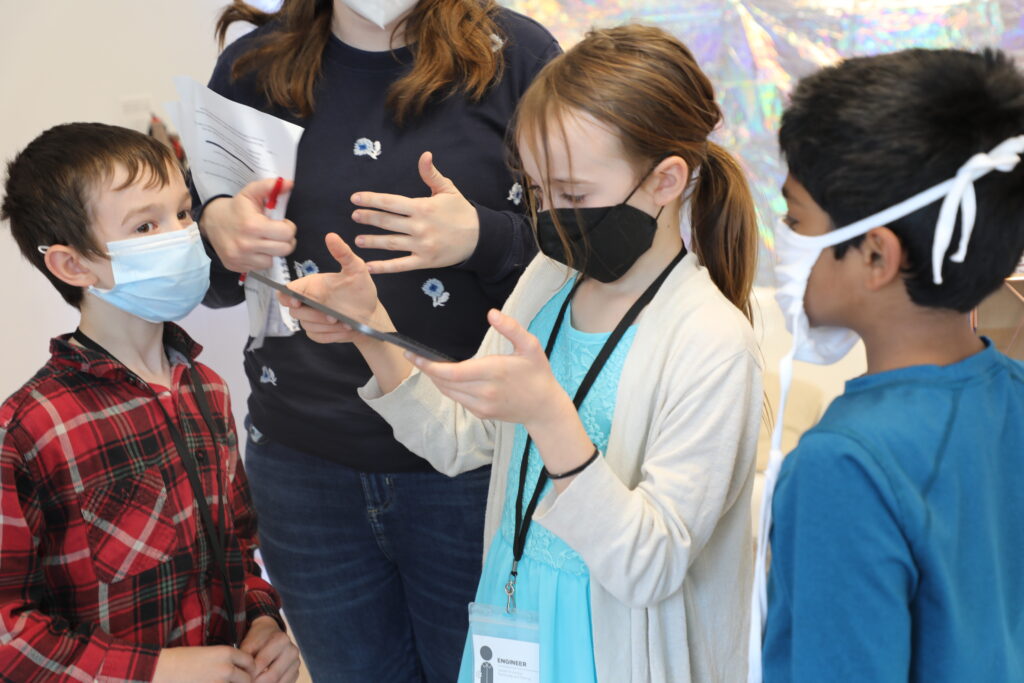
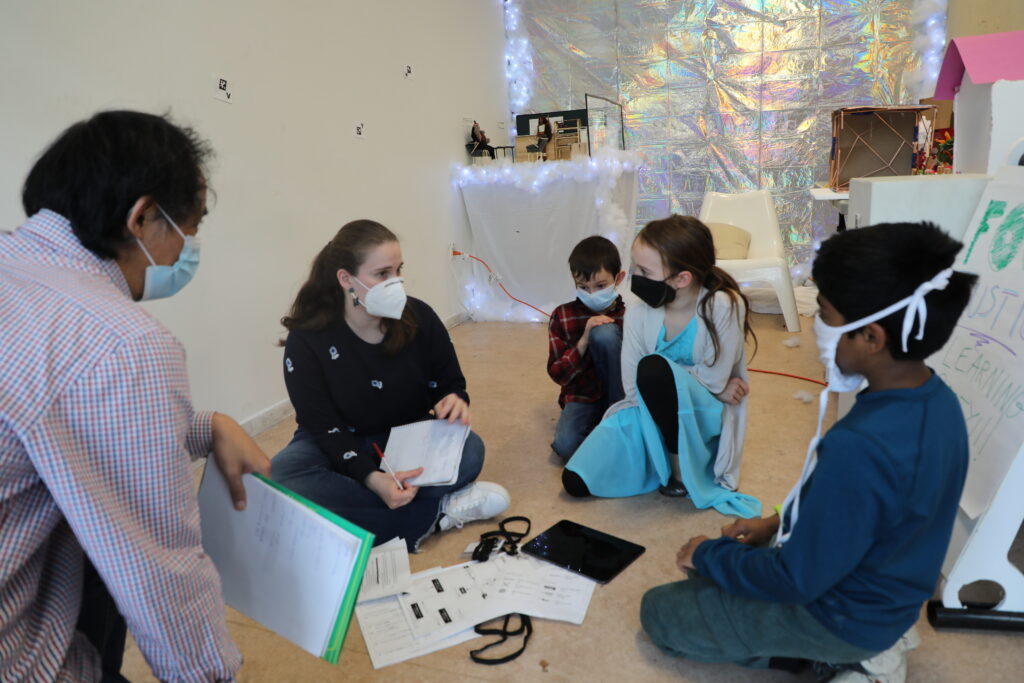
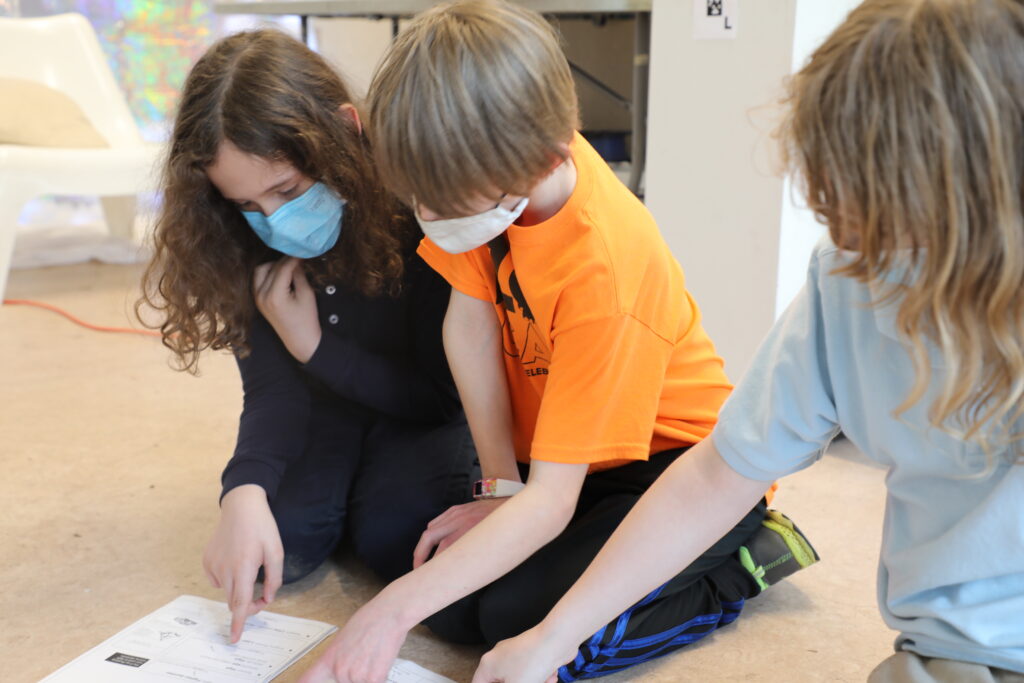
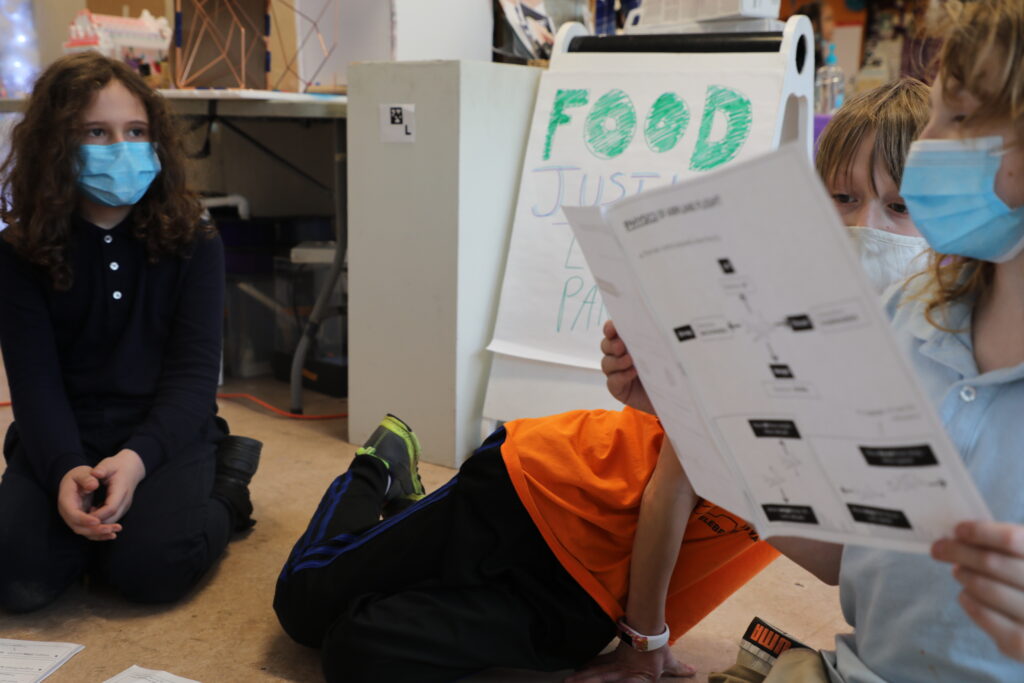
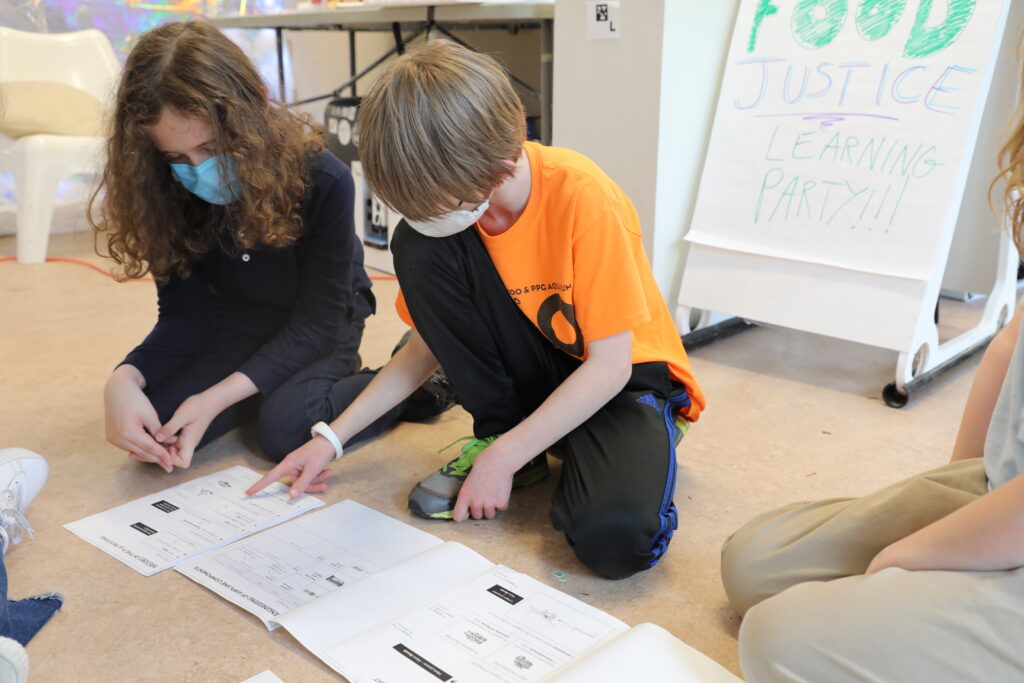
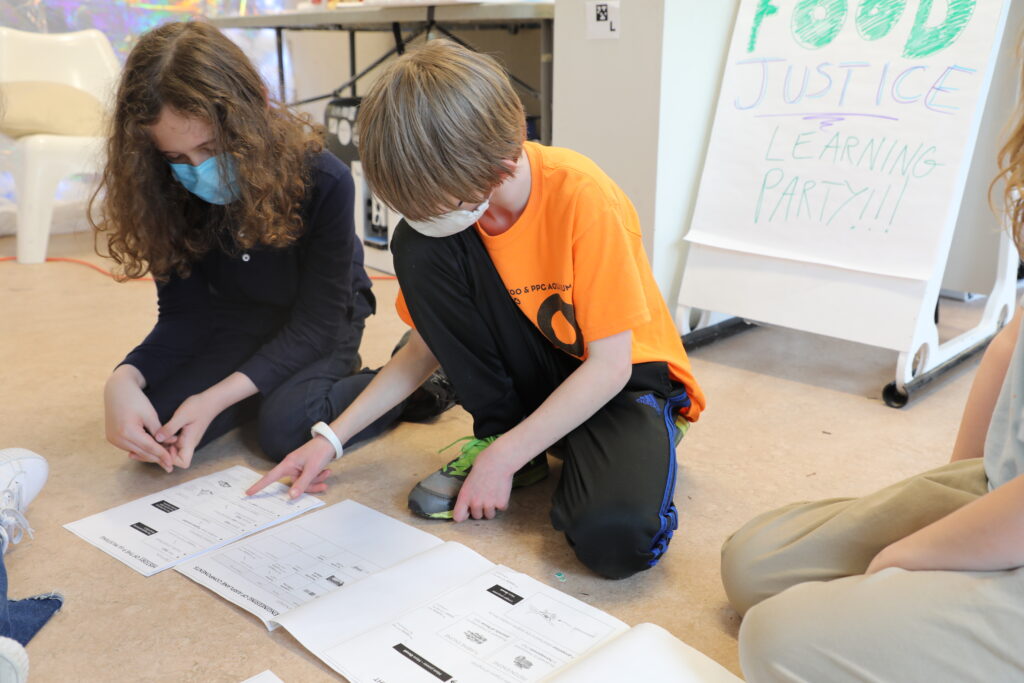
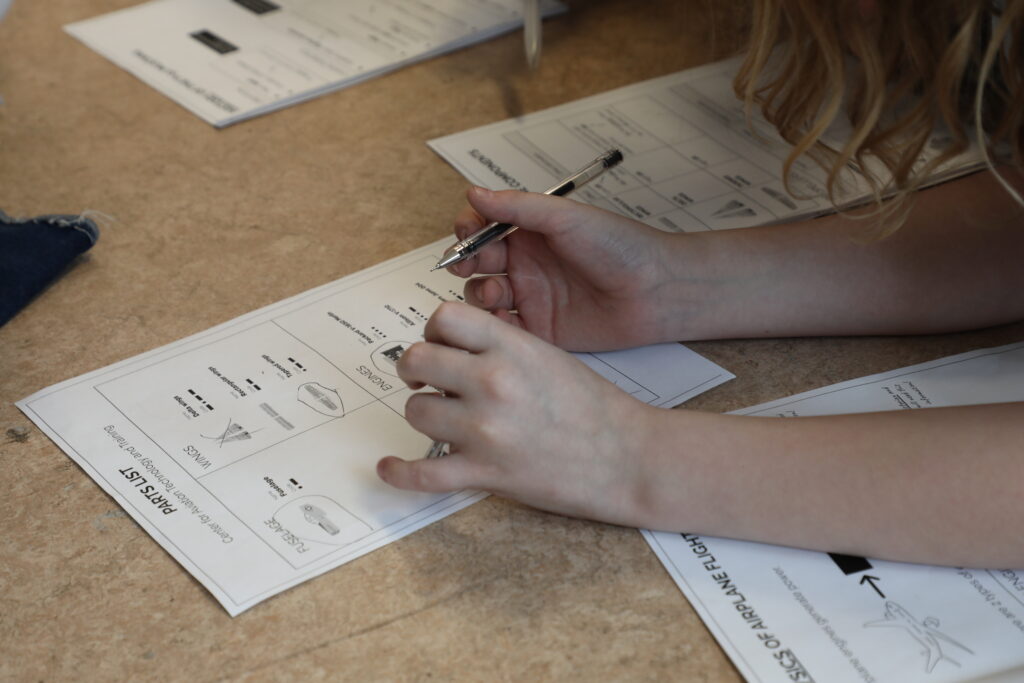
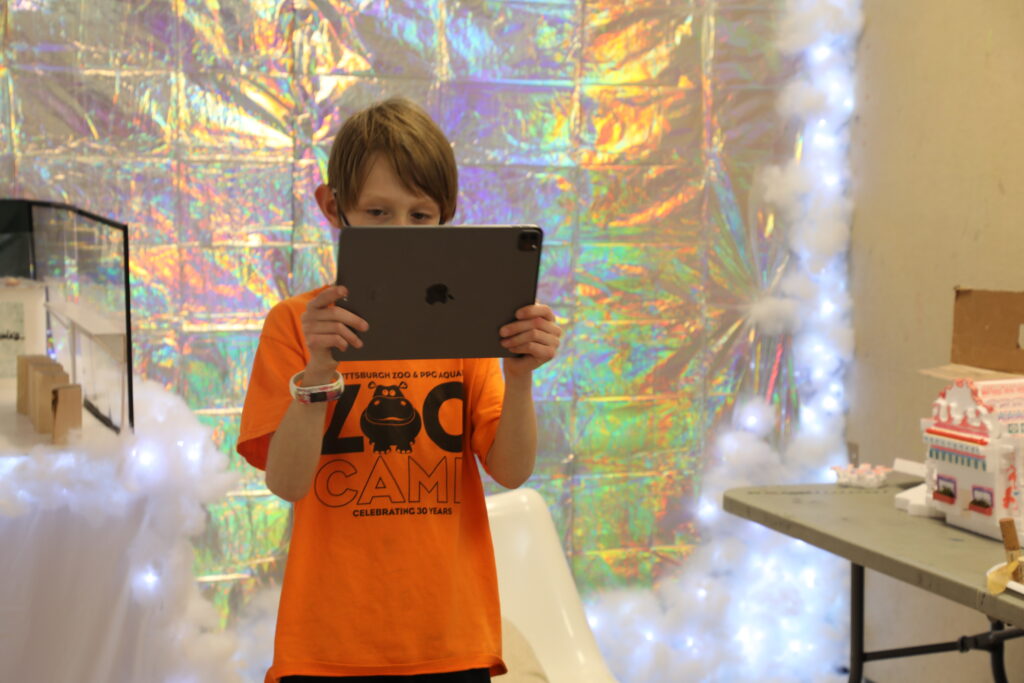
A major challenge we encountered in the first group, aside from technical issues with the app, was that one student struggled with reading (he was actually 7 years old, and thus younger than our target audience) – therefore, the asymmetrical cooperation did not work out for his team. For the second team, interestingly enough, though the 3 kids were older (all were 11 years old), it seemed like we got two ends of a spectrum (both of which we should certainly consider): one student was mostly guided by the images in the materials, not really reading the information; another student immediately understood how the written information was set up and essentially solved the “puzzle” by seeking the information on his own or by asking his teammates very specific questions about their manuals (at the end of the experience, he even suggested we add formulas so the students can calculate drag and thrust for the P-51 Mustang).
Another aspect we were brought to consider was the level of fun of our experience in comparison to all the stimuli and fun opportunities that will surround the students in the exhibit space. At Assemble, students are surrounded by all kinds of craft materials and engaging objects, and the facilitators were carrying out fun activities with the students who were not playtesting with us. For some of our playtesters, our experience was boring, leading to observe what their friends were doing elsewhere in the space and asking when the activity would finish. This is obviously something we had to tackle right away in our next iteration of the project, given our main goal is to spark students’ interest.
Site Visit
As mentioned, another important event this week was our first visit to the official Center for Aviation Technology and Training (CATT).
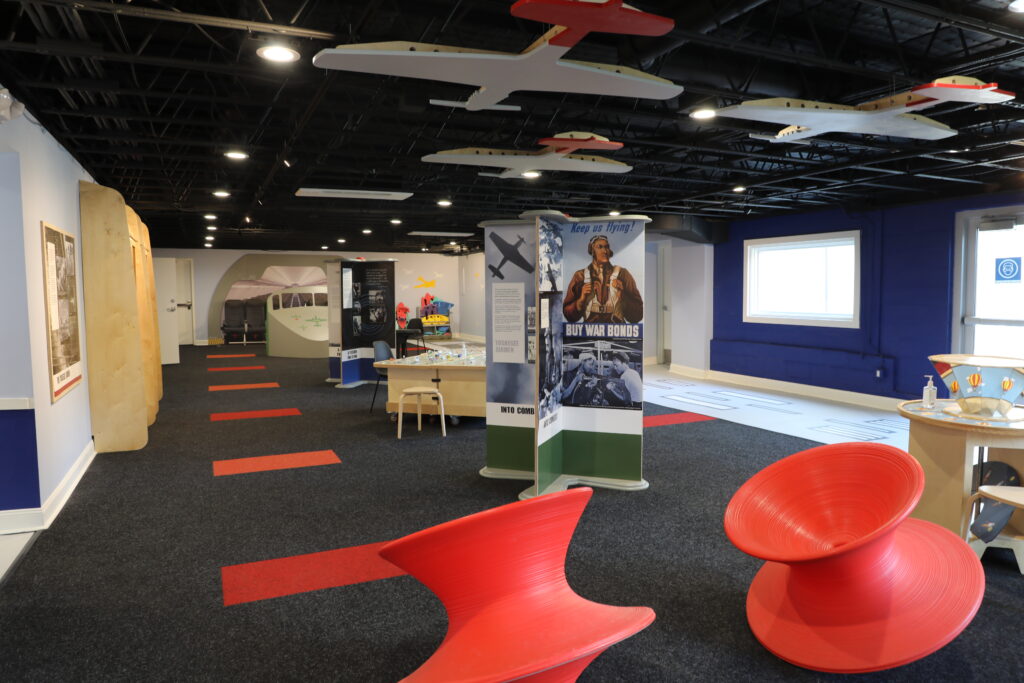
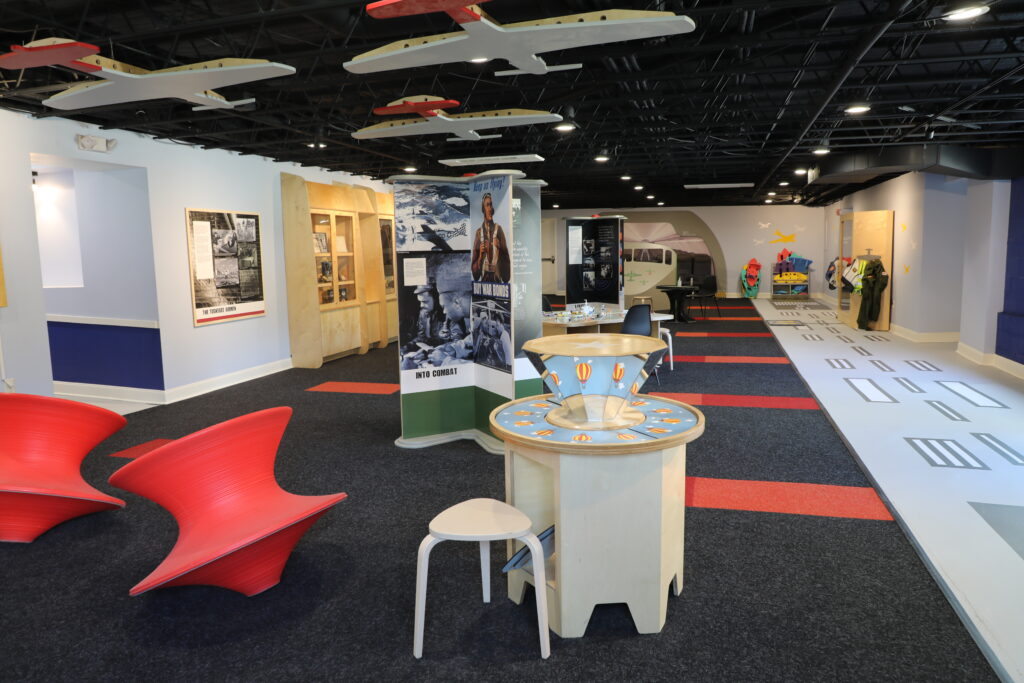
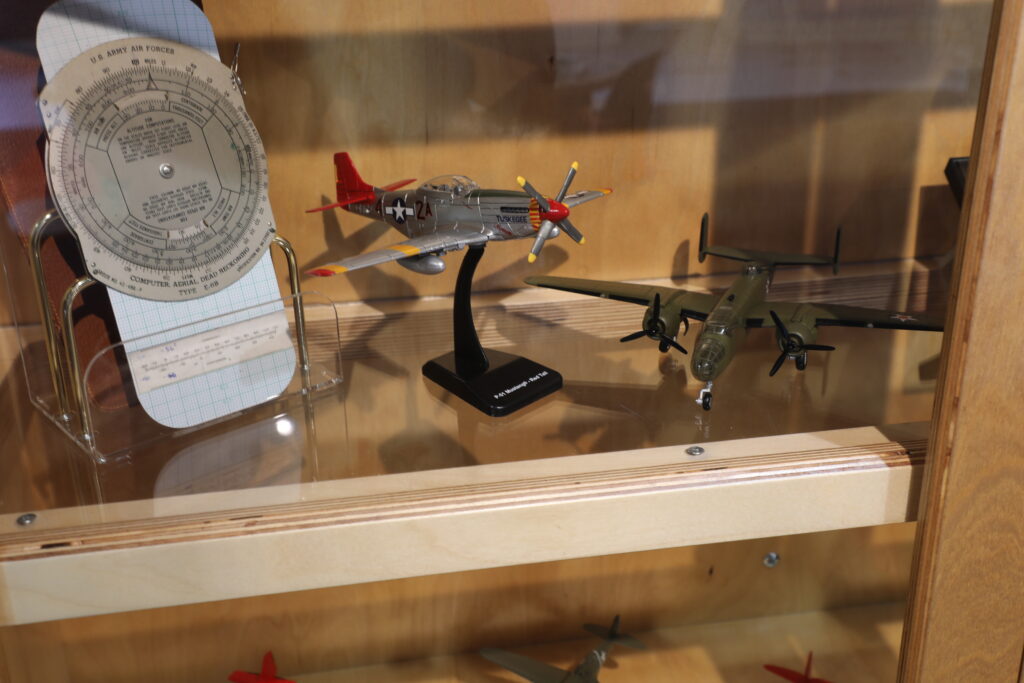
Toby Fraley, part of the MuseumLab team and designer for this exhibit, guided us through the space. Our main goal here was to start considering where our AR markers would be placed, what material they should be made of, how they should be installed, etc. Also, being able to see the completed space informed and inspired us further in terms of the design of our project, particularly in terms of visuals.
In next week’s blog post, we’ll show how our playtesting session and site visit shaped our subsequent work!
